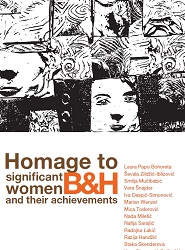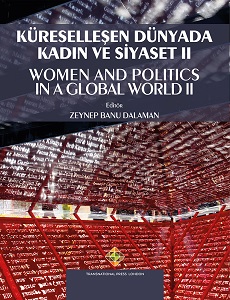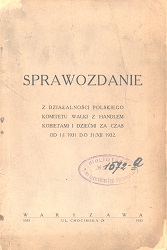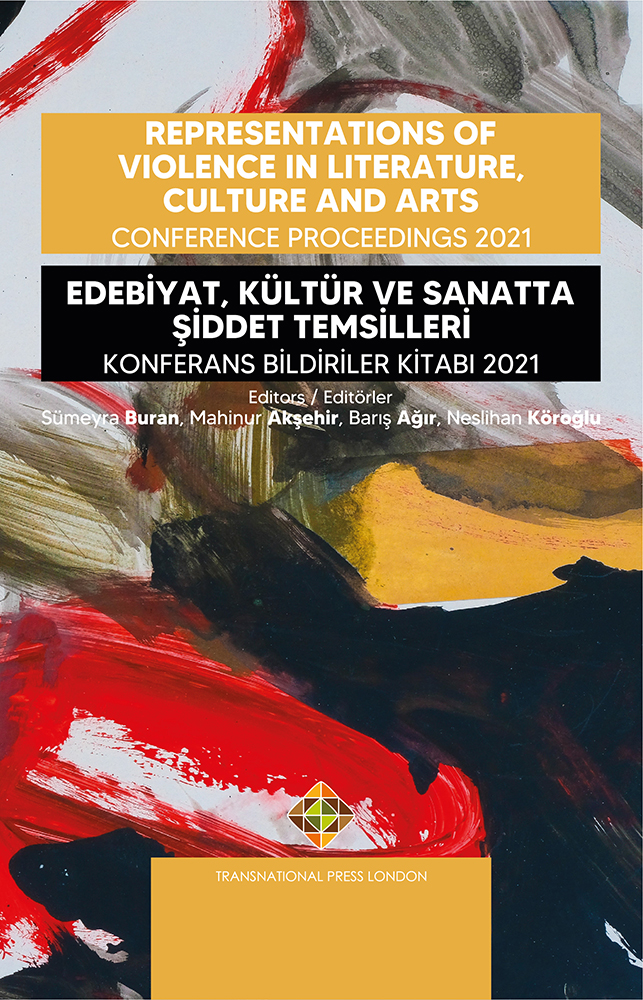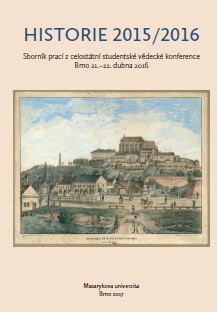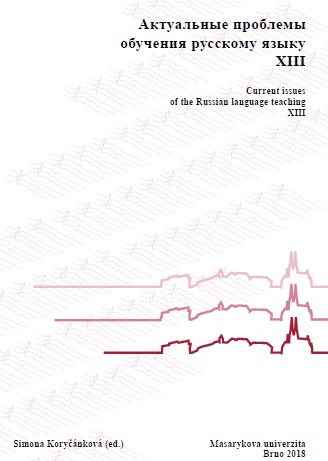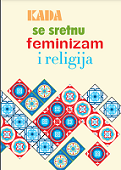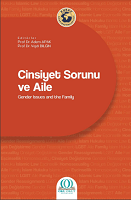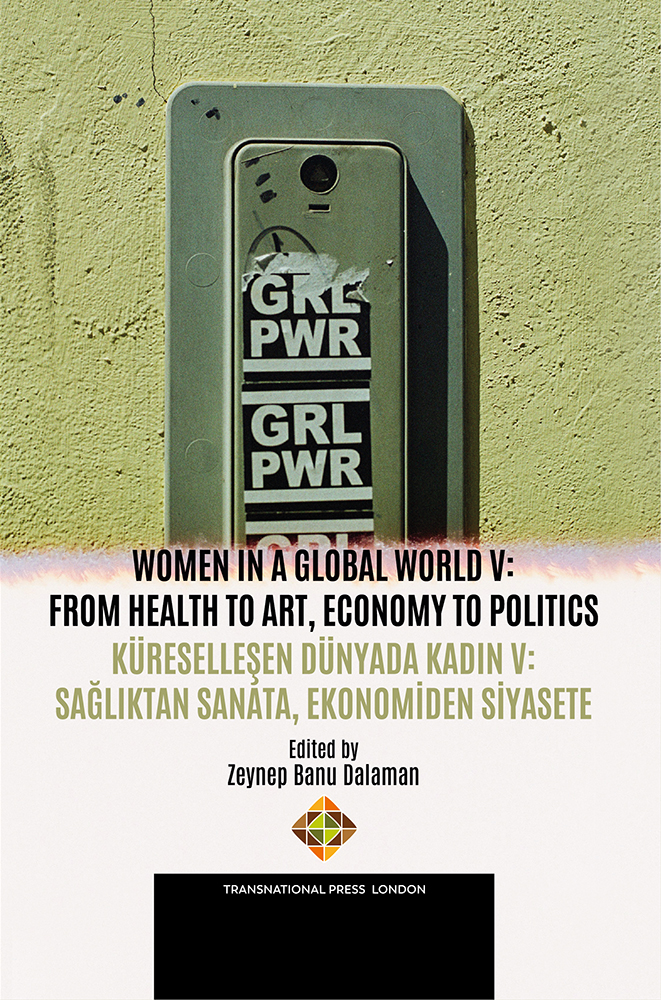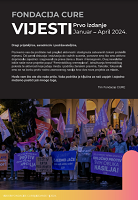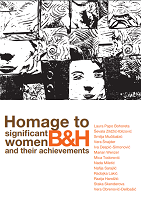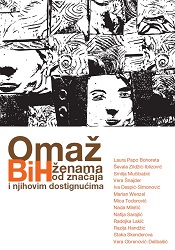
Omaž BiH ženama od značaja i njihovim dostignućima
Laura Papo Bohoreta, the birthname of Luna, was born in 1891 inSarajevo as the daughter of Judah and Esther Levi. At the end of the 19th and early 20th century she lived in Istanbul,where her entire family moved. There they lived very modestly. Since early childhood, she began to read various books. Later she studied French atthe International French School for Jews (Alliance Israélite Française) in Istanbul.
More...
